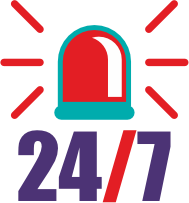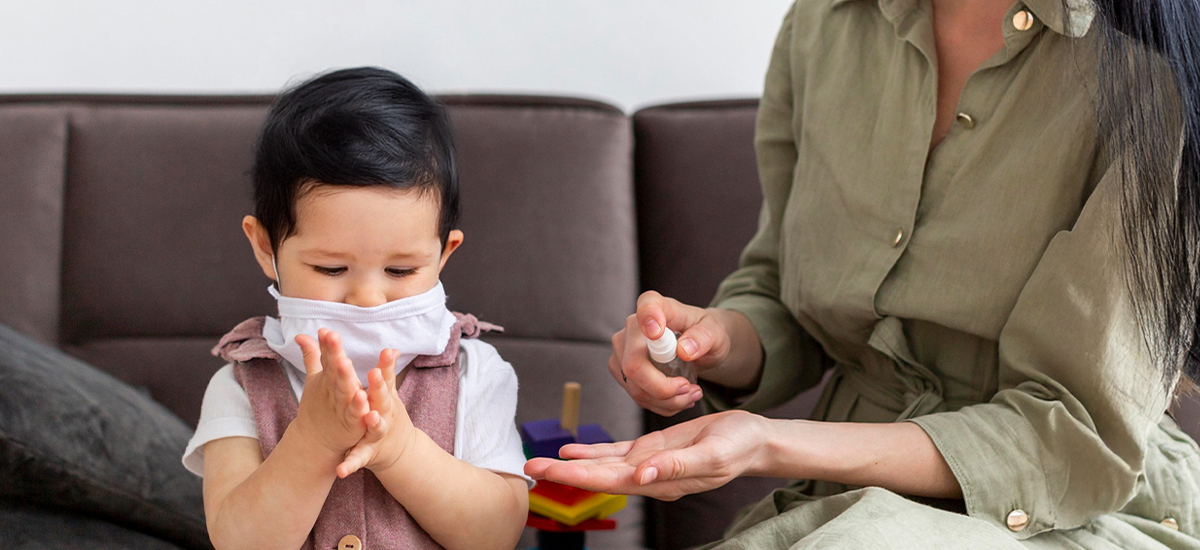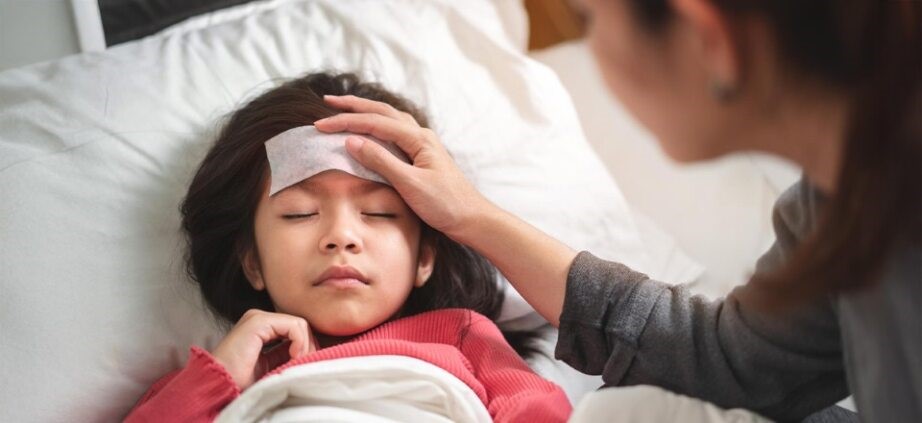Categories
The “Best Allergy Medicine for Kids” Is a Myth—Here’s the Fix That Actually Works
Sep 15, 2025
There isn’t one bestallergy medicine for kids. It depends on the symptom. For sneezing/itch/
hives, a once-daily, non-drowsy antihistamine helps. For a blocked, allergic
nose, a child-strength steroid nasal spray beats syrups. For wheeze or night
cough, use inhalers (with spacer) set by your doctor—cough syrups won’t help. Dose
by weight, use the same time daily, and review after 2–4 weeks. Avoid oral
decongestants in young children.
Below is a
symptom-to-medicine map, the dosing logic, quick home fixes, and when to
call—so you stop guessing.
Start
with one question: “What’s the main problem today?”
A single “best”
bottle hides the real issue. Naming the dominant symptom points to the correct
medicine and avoids over-treating.
·
Itchy, sneezy, runny (nose/eyes) → think antihistamine.
·
Blocked/stuffy nose (esp. morning and night) → think steroid nasal spray.
·
Wheeze, tight chest, night or exercise cough → think inhalers (reliever +, if
needed, controller).
·
Hives (raised, itchy
patches) → think antihistamine; seek help if swelling of lips/face or
breathing trouble.
·
Eczema (dry, itchy
skin) → moisturiser daily + topical anti-inflammatory for flares;
antihistamines only for night itch.
The
simple symptom-to-medicine map (pick one row to start)
Focus the plan;
you can add a second tool if control isn’t good in 2–4 weeks.
·
Sneeze/itchy eyes/runny nose → Non-drowsy antihistamine once daily (cetirizine,
levocetirizine, fexofenadine, loratadine) at weight-based dose.
·
Blocked allergy nose → Child-strength steroid nasal spray daily (technique matters).
Antihistamine alone won’t unblock swelling.
·
Wheeze/night cough → Inhaled bronchodilator for relief + pediatric-guided controller
if frequent. Always with spacer/face mask.
·
Hives → Non-drowsy
antihistamine; avoid triggers (new soap/food). Urgent care if swelling or
breathing issues.
·
Eczema with allergy → Moisturise 2×/day, short bursts of prescribed
anti-inflammatory cream; antihistamine at night only if itch ruins sleep.
Dose
by weight, not by age band on the label
Right drug, wrong
dose disappoints. Use your child’s current weight to choose ml/tablet
strength from your pediatrician’s chart. Give it at the same time daily
to keep symptoms quiet. Use the syringe that comes with the
bottle—kitchen spoons vary. If daytime sleepiness shows up, switch within the
non-drowsy class or move the dose to evening (ask your doctor).
Do
these two home fixes so medicines work faster
Medicines can’t
win if irritants win the day. These take five minutes and pay off.
·
Rinse and swap: after outdoor play, wash face/hands and change shirt; run
a quick saline nasal spray at bedtime.
·
Bedroom reset: weekly hot-water wash for bedding, soft toys on rotation, and a HEPA
vacuum pass. Windows closed on high-pollen evenings.
What
not to use (and why)
Some products
promise relief but add problems.
·
Oral decongestants in young children → raise heart rate, disturb sleep, and don’t fix
allergy swelling well.
·
Mixed “cold & cough” syrups for allergies → hide doses, miss the real target.
·
Adult nasal/eye drops → wrong strengths/preservatives for kids.
·
Repeat oral steroids for wheeze without an asthma plan → short-term relief, long-term
downsides. Get a spacer-based inhaler plan instead.
Two-week
check: are we “green” yet?
Relief should be
visible: quieter mornings, better sleep, fewer tissues. If not:
·
Blocked nose still wins? Add or optimise steroid nasal spray (teach technique: aim
slightly outwards, sniff gently).
·
Wheeze/night cough lingers? See your pediatrician for an asthma action plan and correct
spacer use.
·
Frequent hives? Keep a photo diary; ask about triggers and dose adjustments.
When
to call your pediatrician now
·
Breathing difficulty, noisy breathing, or lip/face swelling.
·
Night cough or wheeze ≥2 times/week or any activity limitation.
·
Symptoms >2 weeks despite daily meds, or school/sleep
disruption.
·
You suspect a food/drug trigger or need allergy testing.
Bring a one-page log: main symptom, daily
meds, doses, and a quick “better/not better” tick.











